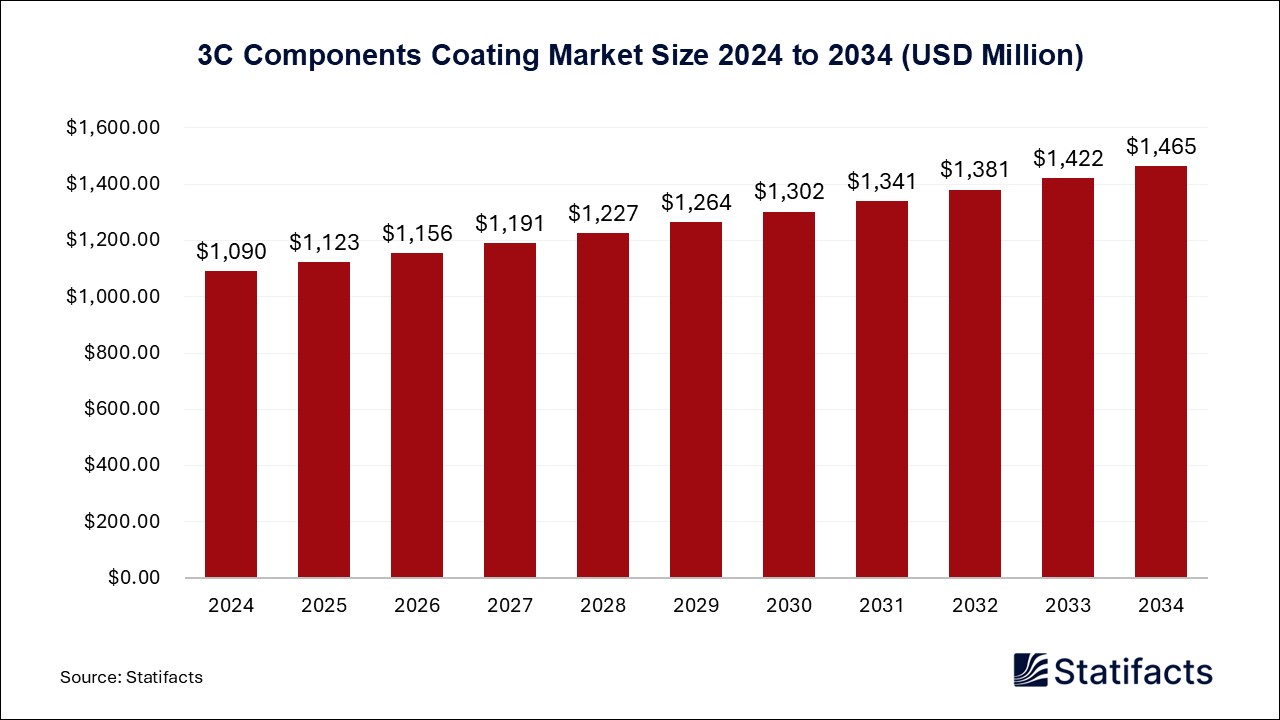

Our customers work more efficiently and benefit from
The global biological imaging reagents market size accounted for USD 13,430 million in 2024 and is expected to exceed around USD 27,410 million by 2034, growing at a CAGR of 7.4% from 2025 to 2034.
| Industry Worth | Details |
| Market Size in 2025 | USD 14,420 Million |
| Market Size by 2034 | USD 27,410 Million |
| Market Growth Rate from 2025 to 2034 | CAGR of 7.4% |
The biological imaging reagents market refers to the production, distribution, and application of biological imaging reagents, which include types of imaging reagents used by the biological and medical imaging reagents, including imaging radiopharmaceuticals, X-ray contrast reagents, ultrasound, magnetic resonance imaging, nanoparticles, fluorescent proteins, and fluorescent probes and dyes. Biological imaging reagents are specialized substances used in medical and scientific imaging used in medical and scientific imaging to improve the visibility of biological tissues, structures, or processes.
Benefits of biological imaging reagents include high special resolution, unlimited tissue penetration, multicolor capability, and higher sensitivity. Bioimaging is an effective tool for in vitro study which occurs in the laboratory that involves exploring cells from microbes, humans, or animals that allow researchers to evaluate varieties of biological and physiological processes in each cell without affecting the normal functions of an organism. They are essential to the diagnosis and monitoring of cardiovascular, oncological, neurological, and many other types of disease. The most used reagents are a form of fluorine, gallium, and nitrogen for use with PET, and technetium, gallium, iodine, indium, and xenon for use with SPECT.
Increasing investment in research and development is driving the growth of the biological imaging reagents market. The increasing investment in research and development benefits include increased market participation, advancements in marketing abilities, cost management benefits, and trend-matching are all reasons companies invest in R&D. Investing in R&D is a direct contributor to total global success for many reasons. R&D enhances competitive benefit, drives innovation, contributes to sustainable development, and facilitates market expansion. The benefits of investment in research include risk mitigation and more informed decision-making. The usefulness of this practice lies in the fact that research and development can lead to cost-effective solutions for issues faced by companies.
In addition, R&D can enhance a company’sbrand value, broaden its client base, and increase revenue. Investing can be an effective way to put our money to work and potentially build wealth. Smart investing may allow our money to outpace inflammation and increase in value. The greater growth potential of investing is primarily due to the power of compounding and the risk-return tradeoff. R&D not only stimulates innovation but also plays an important role in the adoption of existing technologies. R&D is a valuable tool for growing and enhancing business. R&D involves researching market and customer needs and developing new and enhanced products and services to fit these needs.
The growing adoption of multi-modal imaging is driving the growth of the biological imaging reagents market. Multimodal imaging can be a powerful tool for the simultaneous evolution of both anatomic and functional information and may potentially enhance patient management, leading to better patient outcomes. Multi-modal imaging combines the strengths of different imaging approaches to overcome the limitations of individual techniques and provides a more holistic understanding of the sample under investigation.
Multi-modal imaging is highly considered to involve the incorporation of two or more imaging modalities, generally within the setting of a single examination using double or triple-labeled optical or nuclear medicine agents or by performing ultrasound or optical studies within the MR. The use of multi-modal imaging also helps to make a correct differential diagnosis and contributes to an accurate characterization of the left ventricle wall and chamber, mitral valve, and myocardial tissue. Multi-modal imaging facilitates informed decision-making and rapid progression of drug discovery, and development projects.
Published by Sanket Gokhale , March 2025
For any questions about this dataset or to discuss customization options, please write to us at sales@statifacts.com
| Stats ID: | 8078 |
| Format: | Databook |
| Published: | March 2025 |
| Delivery: | Immediate |
| Price | US$ 1550 |




| Stats ID: | 8078 |
| Format: | Databook |
| Published: | March 2025 |
| Delivery: | Immediate |
| Price | US$ 1550 |

You will receive an email from our Business Development Manager. Please be sure to check your SPAM/JUNK folder too.

Unlock unlimited access to all exclusive market research reports, empowering your business.
Get industry insights at the most affordable plan
Stay ahead of the competition with comprehensive, actionable intelligence at your fingertips!
Learn More Download
Download
